Introduction
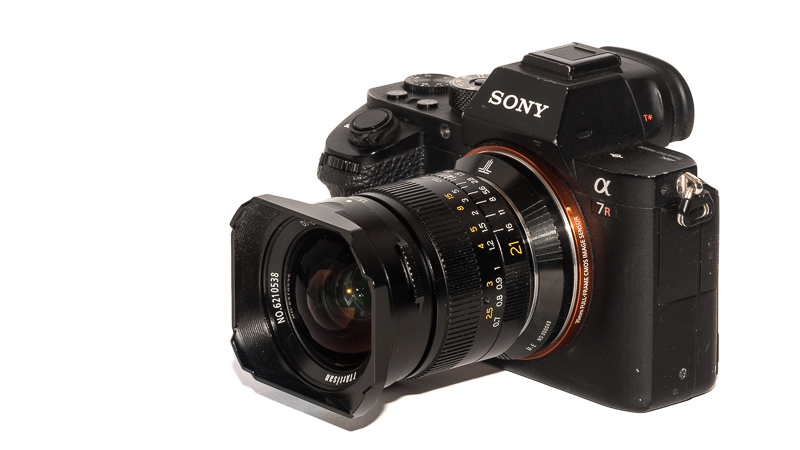
The TTArtisan 21mm 1.5 is not only a fast but also a very compact wide angle lens. Does the small size take its toll, or will this be a similarly positive surprise as the similarly sized 7Artisans 28mm 1.4? Let us find out how it performs on the Sony A7rII and the Leica M10!
Sample Images
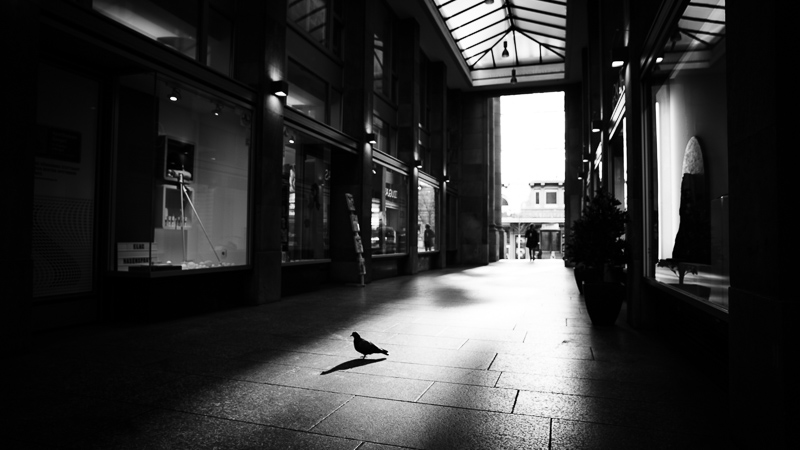
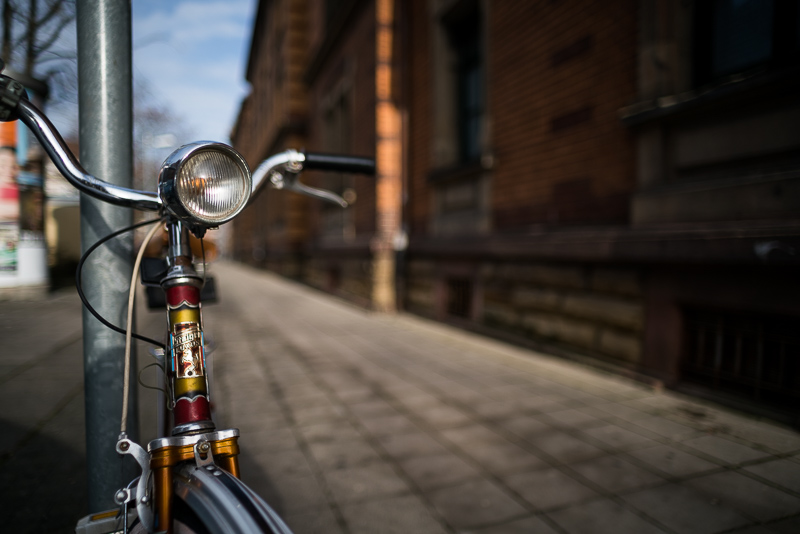
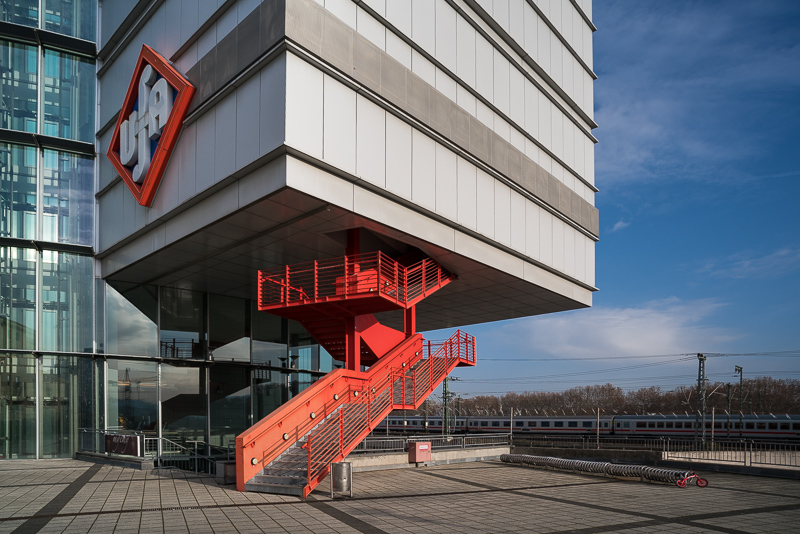

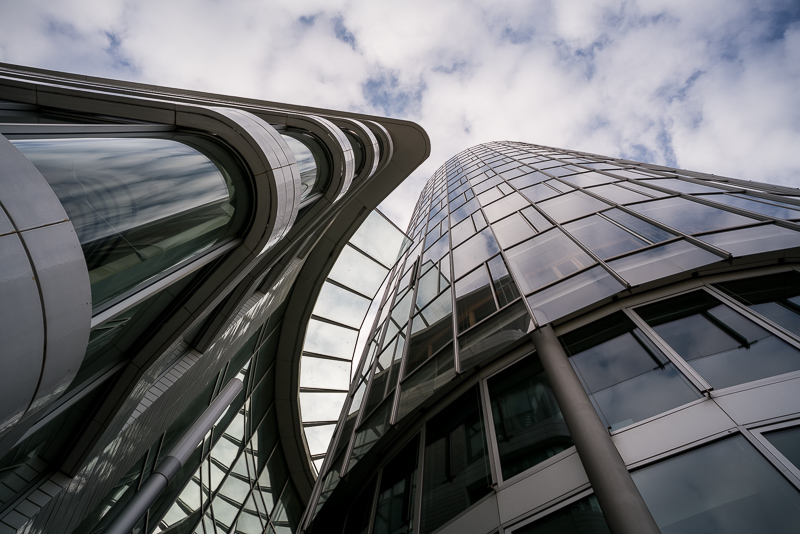
Most of the sample images in this review can be found in full resolution here.
Contents
Specifications / Version History
The TTArtisan 21mm 1.5 is the first of its kind, actually I don’t know of another 21mm 1.5 lens. It first came out for M-mount, but I wouldn’t rule out the possibility of a version optimized for the Sony filter stack in the near future.
But here we will have a look at the M-mount version which has the following specifications:
-
- Diameter: 56mm (without focus tab)
- Field of view: 91° (diagonally)
- Length: 67mm (+adapter, incl. lens hood)
- Weight: 415g (+adapter, with hood, without caps)
- Filter Diameter: 72mm (with included filter adapter)
- Number of Aperture Blades: 10 (inwardly curved)
- Elements/Groups: 13/11
- Close Focusing Distance: 0.7 m
- Maximum Magnification: 1:24 (measured)
- Mount: Leica-M
You may also have a look at the official page.
The lens is currently available from the manufacturer’s shop, on amazon.com and ebay.com/ebay.de for about $429 (affiliate links)
Handling / Build Quality
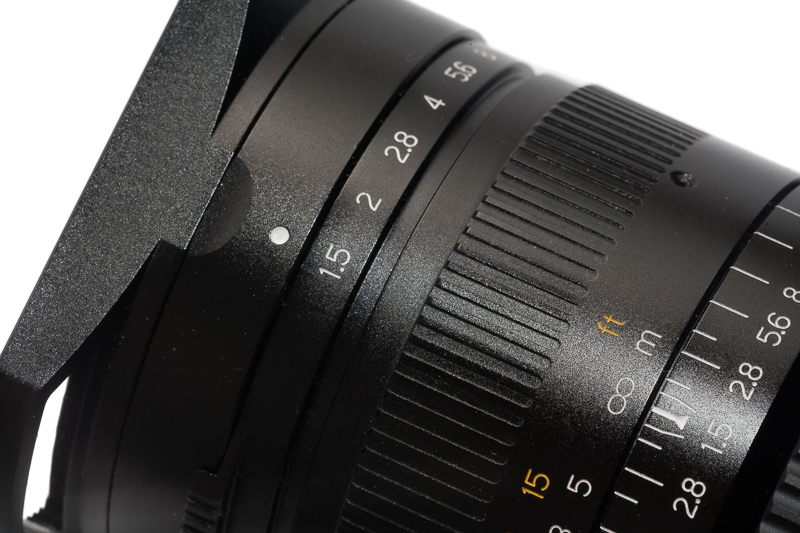
From the outer apperance this looks very much like a Leica M lens including the famous red dot. Markings are yellow/white (engraved and filled with paint) focus ring has an absolutely perfect resistance and turns about 120° from the minimum focus distance of 0.7 m to infinity.
The aperture ring has equidistant and very distinct half-stop click stops and feels very tightly assembled.
The lens features a rangefinder coupling which can be adjusted yourself using a small screwdriver. Being an owner of an M-mount camera now I cannot stretch enough what a wonderful design decision this is: the lens can easily be adjusted to be perfectly calibrated to your rangefinder camera and give best possible results without sending it in. I wish every M-mount lens would offer this.
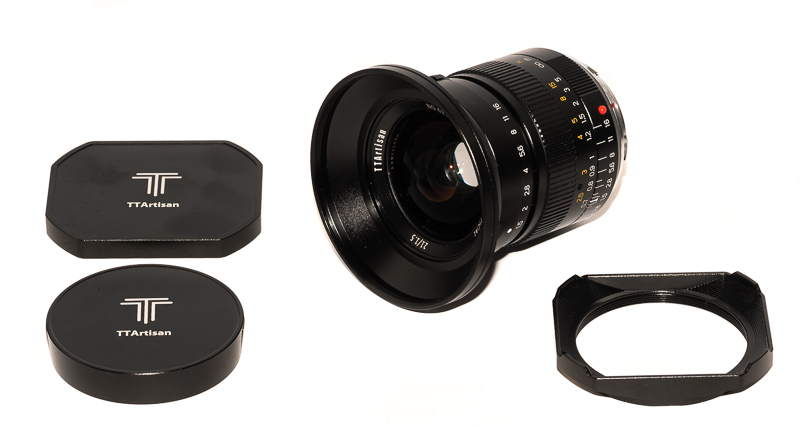
The front element is quite bulbous, so in addition to the rectangular lens hood there is also a snap-on lens cap (which will make sure the front element does not get scratched) and a filter adapter included, which will allow you to use regular 72mm screw in filters.
Vignetting
light falloff
Wide open there is strong light falloff of roughly 2.7 EV, stopped down to f/2.0 this improves to 2.4 EV, stopped down to f/2.8 it is 2.2 EV and pretty much stays at that value on stopping down further (I measured 2.1 EV at f/8.0).
Taking into account the small size and the fast maximum aperture I expected a pretty bad performance here, but interestingly the values are noticeably lower than those of the Voigtlander 21mm 1.4 Nokton E at maximum aperture and comparable stopped down.
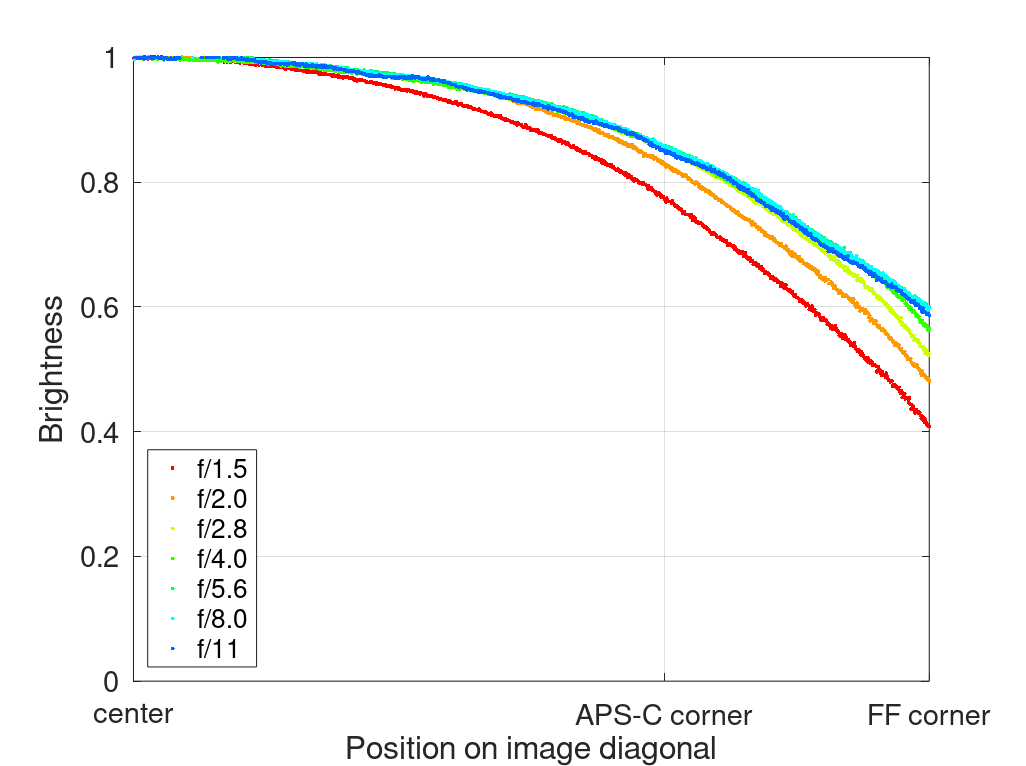
It is recommended to have a look at this article first to get an idea how this brightness graph works.
color cast
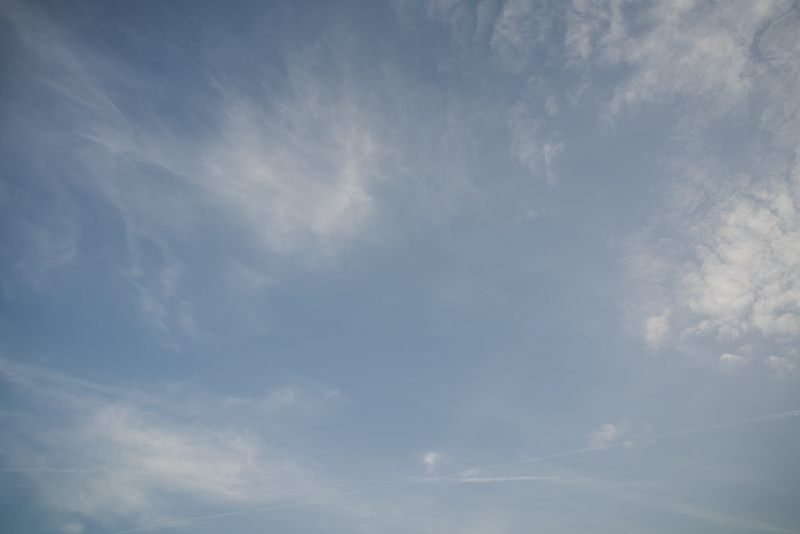
If you look very closely you might see a hint of green color cast in the corners on the A7rII. But it is so minor, you will hardly see it in real world pictures and it is surely nothing to worry about.
Sharpness
infinity (42mp Sony A7rII)
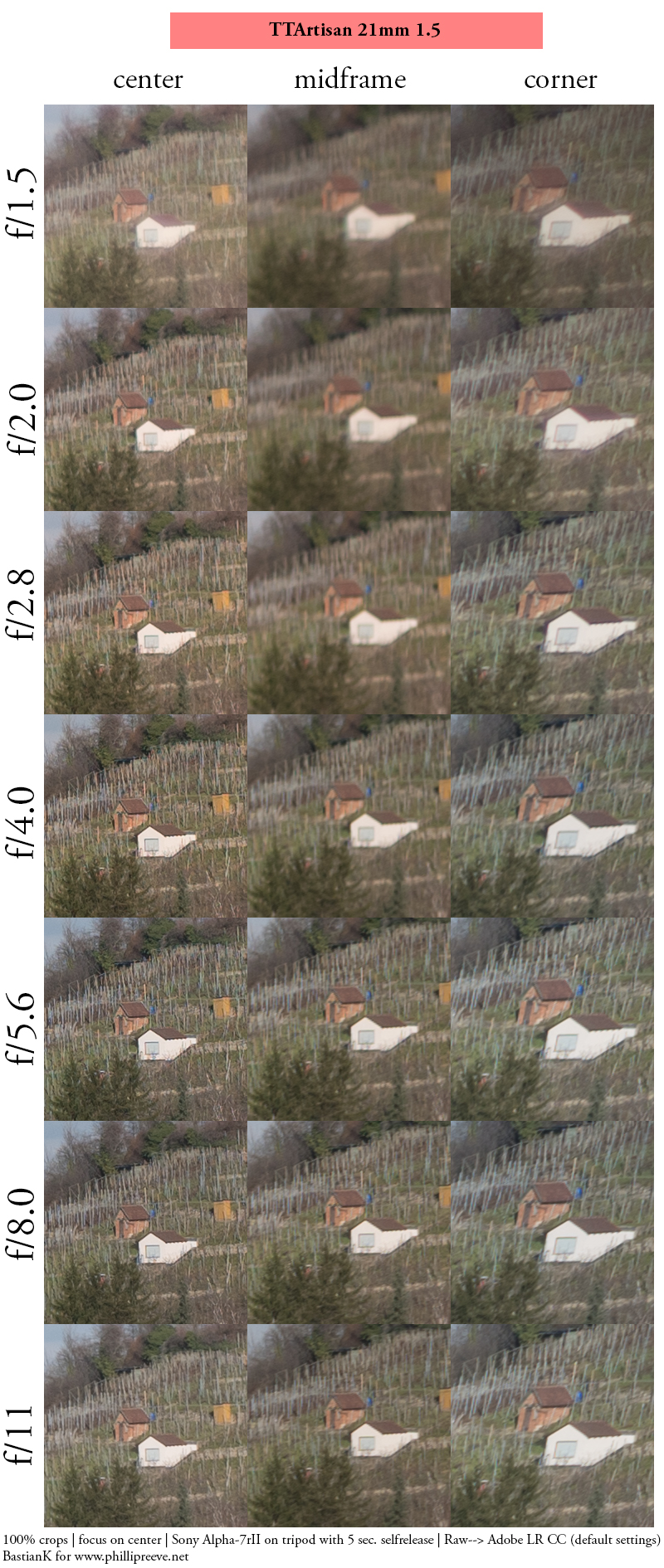
In the center there is quite some spherical aberration (glow) wide open which mostly goes away on stopping down to f/2.0. Between f/2.8 and f/5.6 the center shows high resolution and contrast.
The midframe suffers badly due to the thick filter stack of the E-mount cameras. It looks okay at f/8.0 but still doesn’t look as good as the center.
The corners look better than the midframe at wider apertures but also benefit from stopping down.
Best across frame performance is reached at f/8.0 on the Sony sensor.
Personally I prefer having a better looking midframe at wider apertures to better performance in the extreme corners, maybe this is how the lens behaves on a thinner filter stack camera like the Leica M10, let us find out.
infinity (24mp Leica M10)
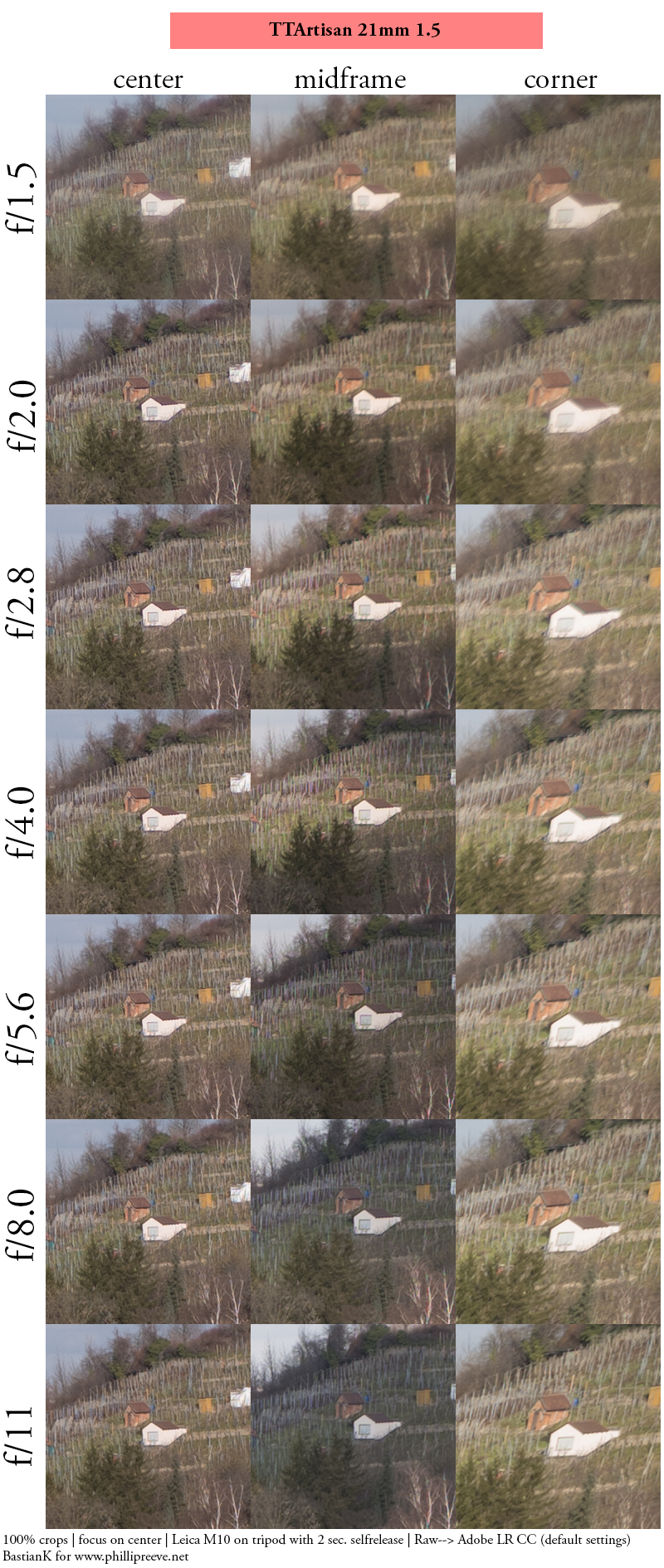
The center performance is similar to that on the Sony sensor. The f/2.0 crop looks a bit better here, but this may just be due to the lower resolution of the Leica camera.
The midframe looks significantly better on the Leica sensor. Field curvature in this area is greatly reduced compared to the Sony camera. The f/2.0 crop on the Leica looks like the f/5.6 crop on the Sony A7rII, maybe better.
The corners unfortunately show quite some astigmatism which is very noticeable between f/2.0 and f/4.0 which spoils the otherwise good performance.
Best across frame performance is also reached at f/8.0 on the Leica sensor, but the midframe surely looks better on this camera.
close (0.70m, 1:24)
100% crops from center, A7rII
Performance at this distance is actually surprisingly good. We can see some spherical aberration at the maximum aperture, but the lens is still usable here, which is not the case with every lens. Stopped down even a bit Moiré starts to appear.
Flare resistance
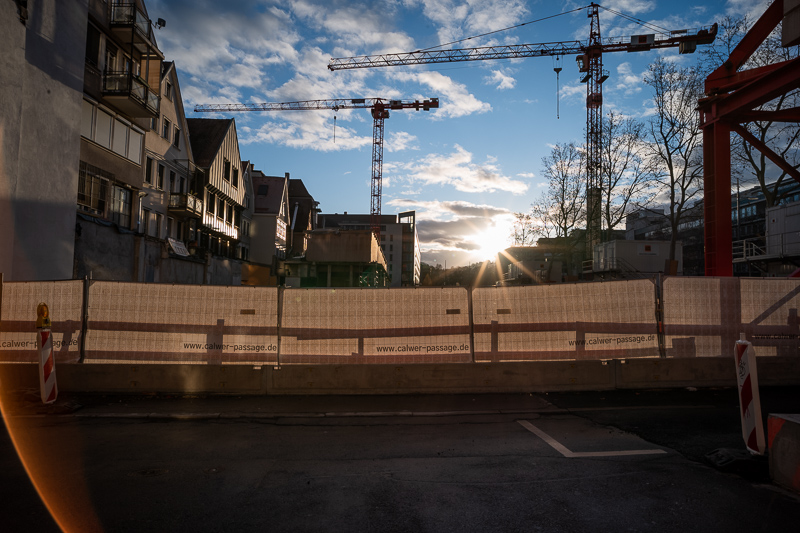
As always evaluating flare is a complex matter since you can make almost every lens look bad if you push it hard enough and a slight change of scenario will affect results a lot.
What is most likely to encounter with a light source in the frame is a crescent in the corner (or sometimes both corners). Reframing can help to tame it down.
Stopped down you can also get a bigger blob instead of a crescent in the corner:
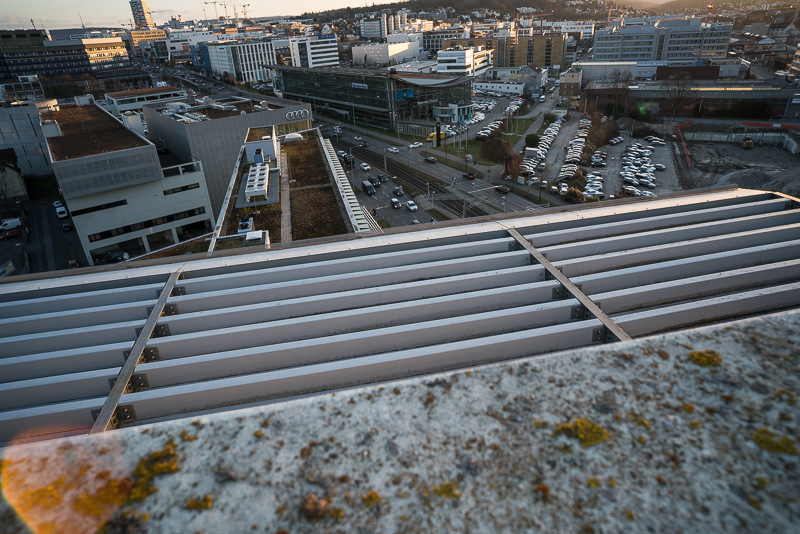
But generally ghosts are almost a non issue, this did surprise me, as the TTArtisan 35mm 1.4 struggled quite a lot here.
With the sun close to the corner of the frame you can make almost every lens look bad, this is also the case here:
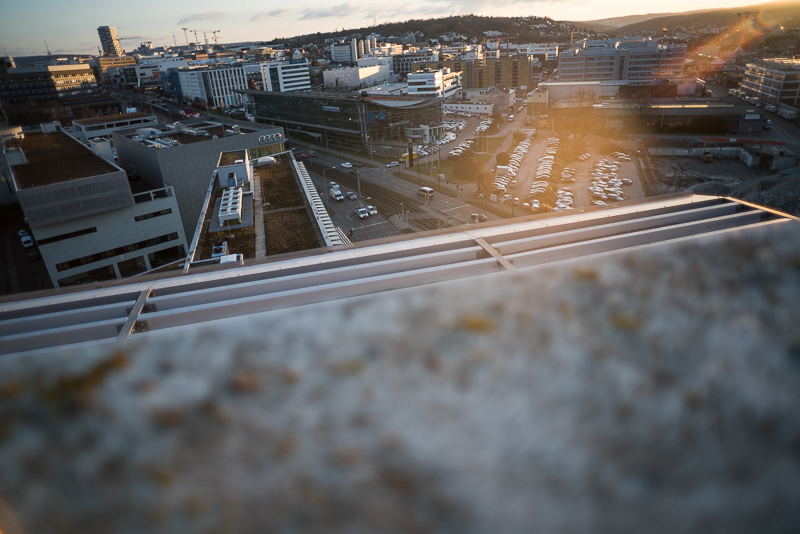
But this can actually be easily avoided by a slight reframing or shading the lens with your hand.
Shooting wide open it is also possible to see some internal reflections around point light sources:
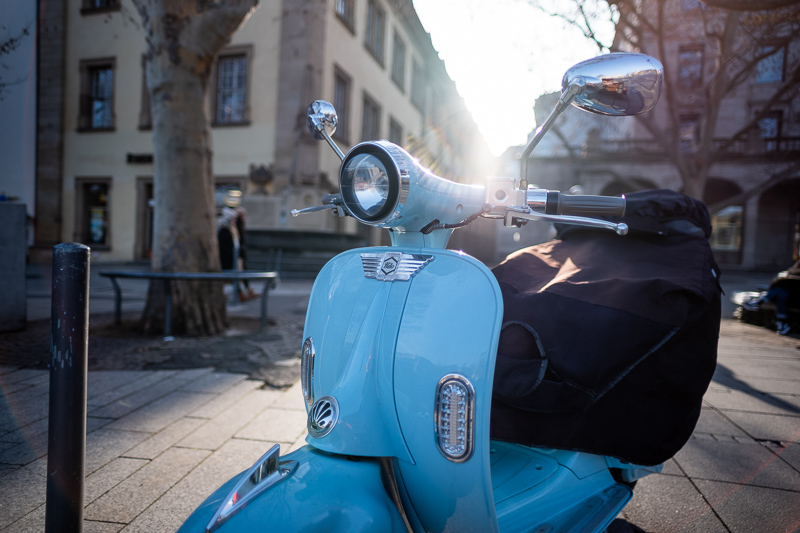
This is not the best performance I have seen in a 21mm lens (Loxia 21mm 2.8 or recent Voigtlander lenses come to mind) but it is still a decent one.
Coma
At f/1.5 and f/2.0 coma is not well corrected. Stopped down to f/2.8 the performance increases significantly, but some traces (and also some astigmatism) is left until you stop down to f/5.6.
The Voigtlander 21mm 1.4 is not free of coma either, but it is noticeably better corrected for it.
100% crops from extreme corner, focused on corner, A7rII
How does this translate into real world pictures? If you take a picture like the one below at maximum aperture spherical aberration and coma will be quite noticeable. Better use a tripod and stop down a bit.
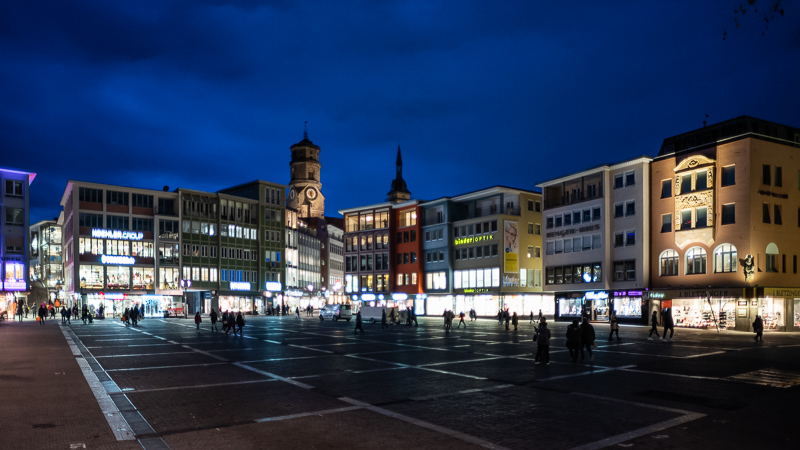
Distortion
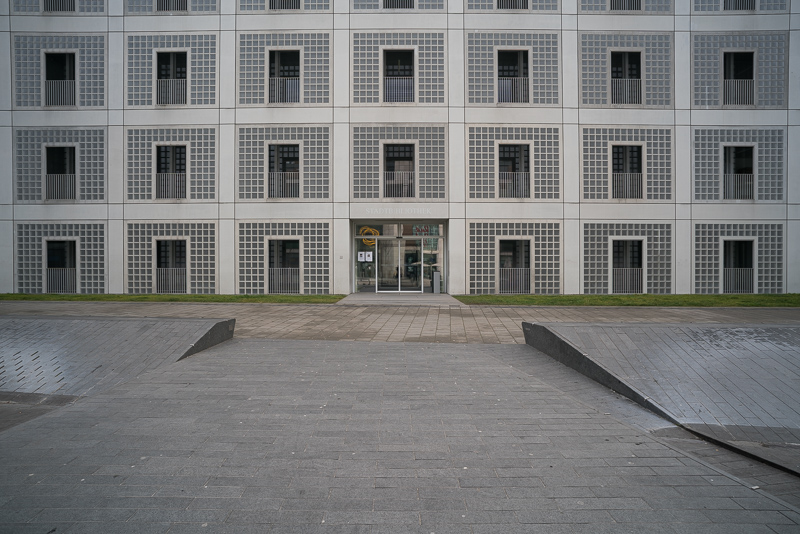
There is quite a bit of nasty complex distortion. This is surely visible in architecture shots or anything else with straight lines running through. I hope in the future Lightroom will include a profile to correct this.
Bokeh
What are my expectations regarding bokeh rendering when dealing with a tiny, fast 21mm lens? Somewhat dampened to say the least.
But let us have a closer look, maybe my strongly biased guess turns out to be wrong in the end here.
As with most lenses (especially wide angle lenses though) the quality of the bokeh is highly dependant on the focus distance, but even when using a helicoid adapter or an extension tube you can still see hints of double edged structures:

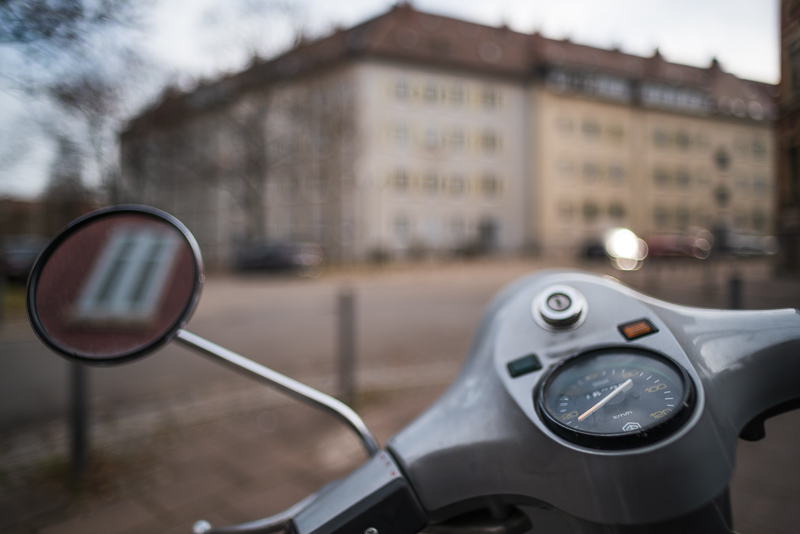
At about 0.7 m focusing distance (which is the minimum focus distance when not using a helicoid adapter) the outlining and double edged structures become more obivous:
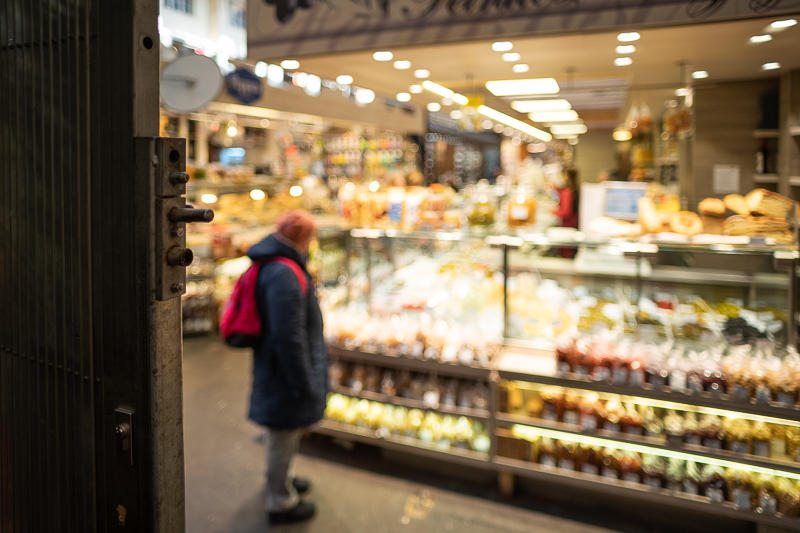
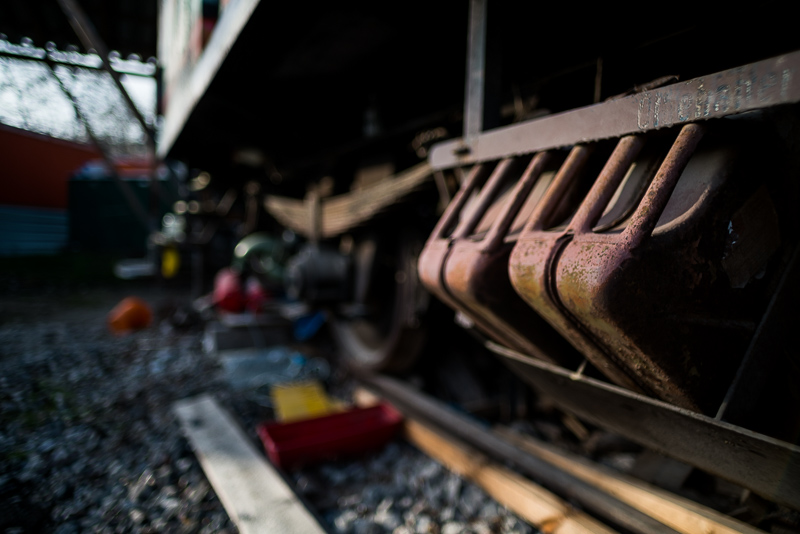
Focusing at something farther away nervousness stays on a similar level:
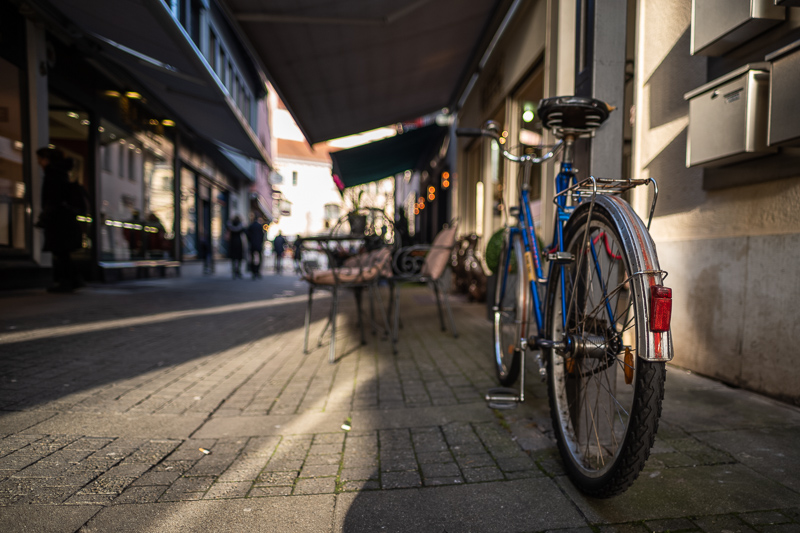
The transition zone can also show traces of double edged structures:
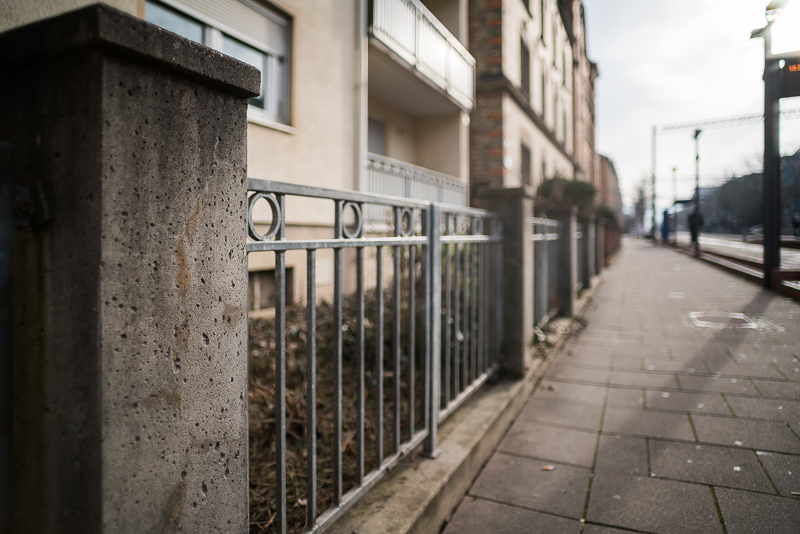
Nevertheless, especially with bigger subjects the bokeh can help to give a nice impression of depth:
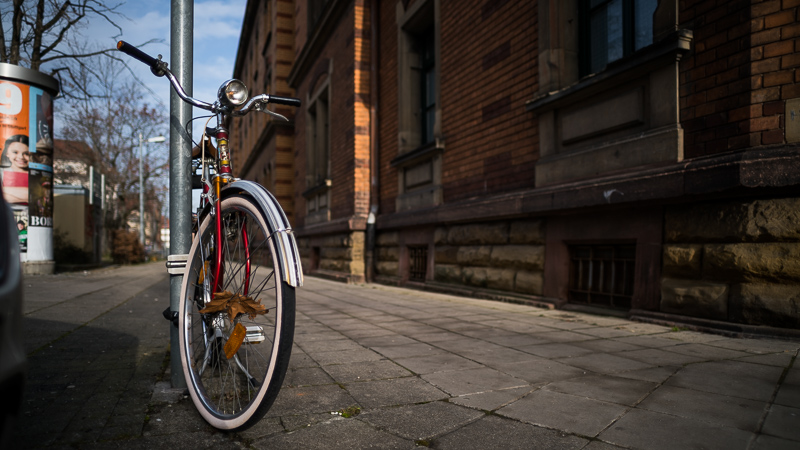
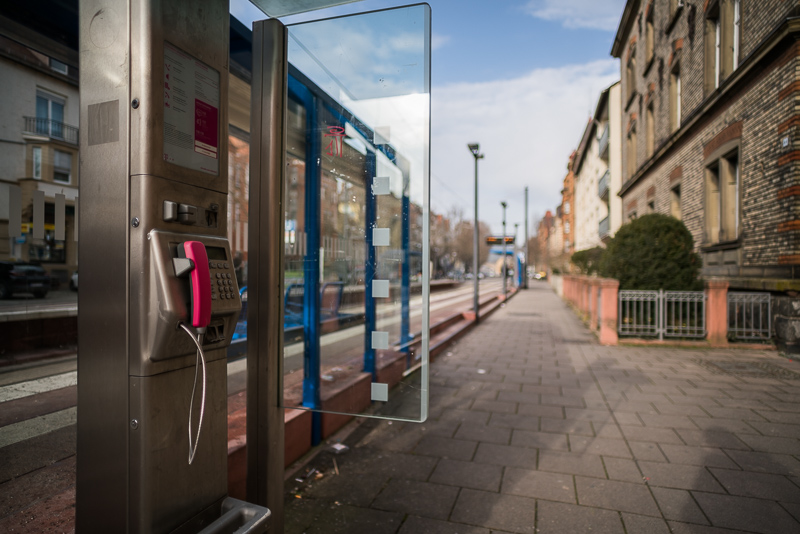
I did not compare these two lenses directly, but I think the Voigtlander 21mm 1.4 shows a little less nervous bokeh.
Sunstars
This lens uses 10 aperture blades, but they are inwardly curved (which is also the case with many Leica lenses). With inwardly curved blades everything can happen when it comes to sunstars, so here, between f/2.0 and f/8.0, the sunstars are a bit frayed, but they are very distinct and pointed at f/11 and f/16.
If you want to know more about this topic have a look at this article.
You can also see the significant amount of spherical aberration at the maximum aperture.
80% crops from midframe, A7rII
Chromatic aberration
lateral
100% crops from extreme corner, A7rII
There are lateral CA visible which are easily corrected either in camera (for Jpegs) or in a raw developer like Lightroom by one click.
longitudinal
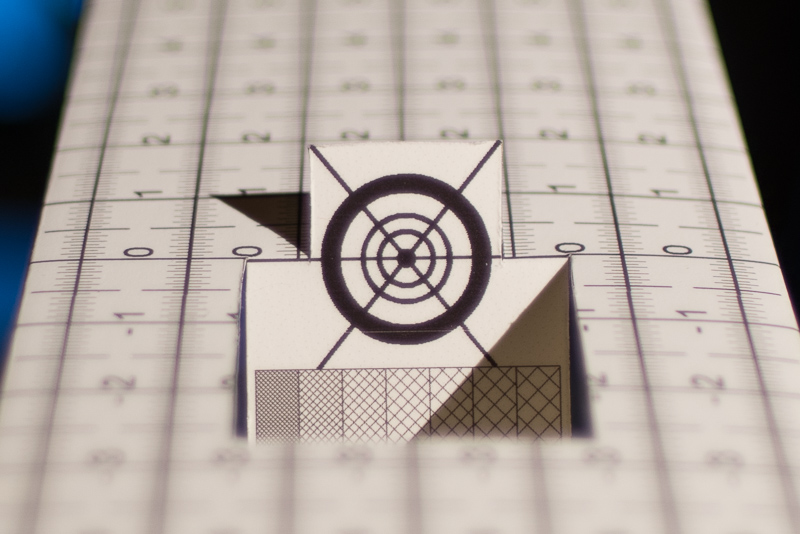
Longitudinal CA are visible between f/1.5 and f/2.0 but the amount is actually comparably low. So while not being free of loCA, they are actually better corrected than I would have expected. You can see traces of green in the background and magenta in the foreground but nothing that should ruin your picture.
Sony A7rII | TTArtisan 21mm 1.5 | f/1.5
Focus shift
50% crops, A7rII
When stopping down to f/2.0 the plane of optimal focus shifts slightly to the front, but not enough to hurt the subject in focus. In the field the lens is practically focus shift free.
Alternatives
E-mount
Voigtlander 21mm 1.4 E Nokton:
In terms of specs this is the closest match among native E-mount lenses. In most categories it is a better performer, which is not too surprising considering its 3 times higher price tag.
It is contrastier at wider apertures, designed for the Sony E-mount filter stack (still does show noticeable midzone dip though) and has noticeably better coma correction, especially at wider apertures.
It also features a floating elements design which leads to better performance at closer distances.
Surprisingly the TTArtisan lens shows less vignetting at maximum aperture, considering its smaller size I did not expect that, and talking about size (and weight) it is smaller and 130g lighter, but the necessary adapter will eat some of this up.
buy from Camera Quest | B&H | amazon.com | amazon.de | ebay.com | ebay.de for ~1199$ (affiliate links)
Sigma 20mm 1.4 Art:
I have only shortly used this lens on a Nikon DSLR and on a 24mp Sony camera. The coma correction was not good enough for me to consider keeping and hauling around this lens.
But if you need AF, this is the lens you want.
buy from B&H | amazon.com | amazon.de | ebay.com | ebay.de for ~899$ (affiliate links)
Tokina Firin 20mm 2.0:
This is about a stop slower but may be the better choice for some applications. I didn’t like flare resistance, build quality and sunstars too much, but it is very contrasty, well corrected for coma and I think the bokeh is also a bit nicer. Comes in MF and AF versions.
buy from B&H | amazon.com | amazon.de | ebay.com | ebay.de for ~699$ MF, 949$ AF (affiliate links)
Zeiss Loxia 21mm 2.8:
Still one of my favorite (E-mount) lenses. If you don’t need the faster maximum aperture and don’t mind the price tag you cannot go wrong with this one.
buy from B&H | amazon.com | amazon.de | ebay.com | ebay.de for ~1499$ (affiliate links)
Voigtlander 21mm 3.5 E Color-Skopar:
Your “budget” option when it comes to native 21mm lenses for E-mount. It is also a good performer (although imho not as good as the two aforementioned lenses) but noticeably slower and still almost double the price compared to the TTArtisan lens reviewed here.
buy from Camera Quest | B&H | amazon.com | ebay.com | ebay.de for ~699$ (affiliate links)
M-Mount
Voigtlander VM 21mm 1.4 Nokton
It has just been announced that this lens will also come in M-Mount. It will be only slightly heavier than the lens reviewed here, but my guess is 2.5 times as expensive.
Besides that, what I wrote about the E-mount version above should apply here as well.
Leica Summilux-M 21mm 1.4 Asph:
I haven’t personally tried this lens and there is also not much reliable information to be found online.
I expect it to be contrastier and offer higher resolution, especially at wider apertures.
Unfortunately it is 7.100€, so if you buy one please use one of my affiliate links, thanks!
buy from B&H | ebay.com | ebay.de for ~8600$ (affiliate links)
Voigtlander VM 21mm 1.8 Ultron:
I have never used this lens personally, but I would expect higher contrast at wider apertures and better flare resistance.
If you go on a hunt for one on ebay you may be able to get it for $400-500, which makes it a very strong alternative to the lens reviewed here.
But seeing the improvements Cosina made with their latest lenses it might still make sense to wait for their 21mm 1.4 if you are not in a hurry.
buy from Camera Quest | B&H | amazon.com | amazon.de | ebay.com | ebay.de for ~899$ (affiliate links)
Conclusion
good
|
average
|
not good
|
If you want a fast 21mm lens you are not facing too many options, and at the price point of the TTArtisan 21mm 1.5 reviewed here there simply is no alternative. All lenses with comparable parameters are at least double to triple the price (in the case of the original Leica lens 20x of course).
But the TTArtisan 21mm 1.5 comes with quite a few compromises you should be aware of before pulling the trigger:
Coma correction at wider apertures is far from good, so this is not a lens I would recommend for astro photography, which would be my main application for a lens with these parameters.
Bokeh is also a bit on the nervous side. While not nearly as nervous as that of lenses like the 7Artisans 35mm 1.4 or the 7Artisans 50mm 1.1, it still looks a bit more distracting to me compared to that of the Voigtländer 21mm 1.4 E Nokton or the Sigma 20mm 1.4 Art. I am not sure how bokeh compares to the Leica 21mm 1.4 though, it is possible the TTArtisan lens actually draws a bokeh similar to the prohibitively expensive Leica lens.
Personally, for environmental portraits, I prefer slighly longer lenses anyway, but your mileage may vary here. And furthermore bokeh is a subjective matter, so best decide for yourself if you like what you see in the samples provided.
In terms of sharpness we deal with a massive mid zone dip on the Sony sensors. This is not the lens’ fault, as can be seen when using the lens on a Leica M camera.
For good across frame sharpness it is advisable to stop down to f/8.0 on either camera though.
The good stopped down sharpness with nice sunstars at f/11 could make it an affordable landscape/architecture lens, but the complex distortion spoils the game here for architecture and even some nature use cases. Also some of the slower alternatives like the Voigtlander 21mm 3.5 Color Skopar offer better flare resistance.
You might have guessed it by now: despite the really nice build quality, appealing form factor and fair price I find the TTArtisan 21mm 1.5 somewhat hard to recommend, especially to Sony users.
The lens does not show the annoying midzone dip on a Leica, so here, stopped down to f/2 or f/2.8 to get rid of the spherical aberration, it is a decent performer and may be interesting to those, that always wanted a super fast 21mm lens, but could not afford the Leica version.
Be sure to have a look at the alternatives section though, there are several 21mm options for different purposes available these days.
The lens is currently available from the manufacturer’s shop, on amazon.com and ebay.com/ebay.de for about $429 (affiliate links)
Further Sample Images
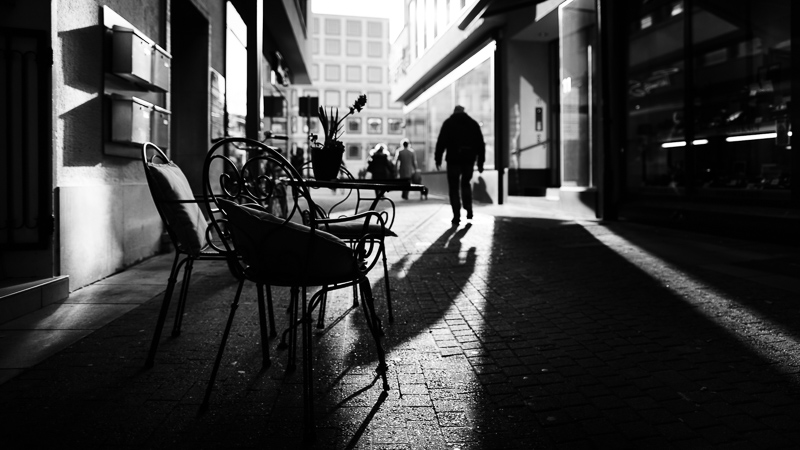

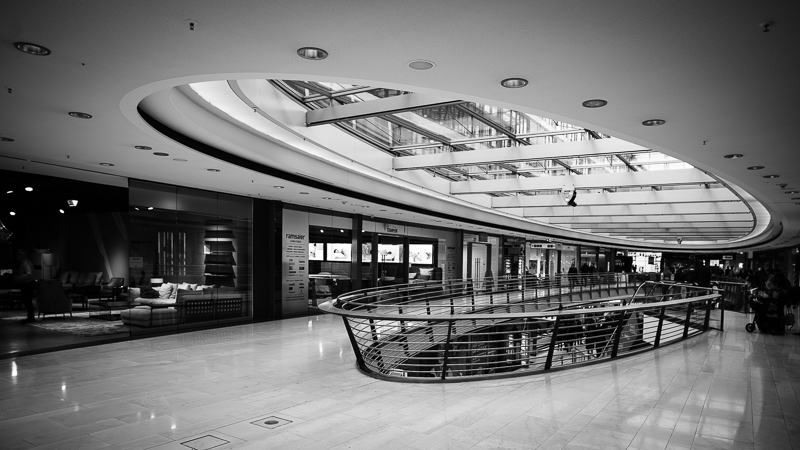
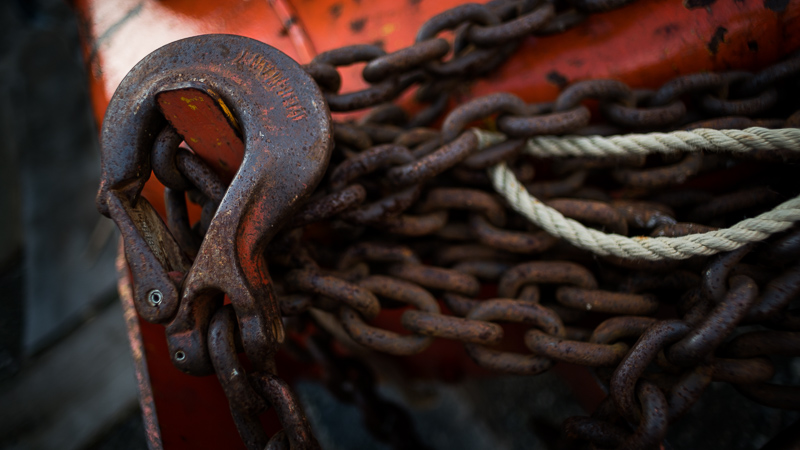
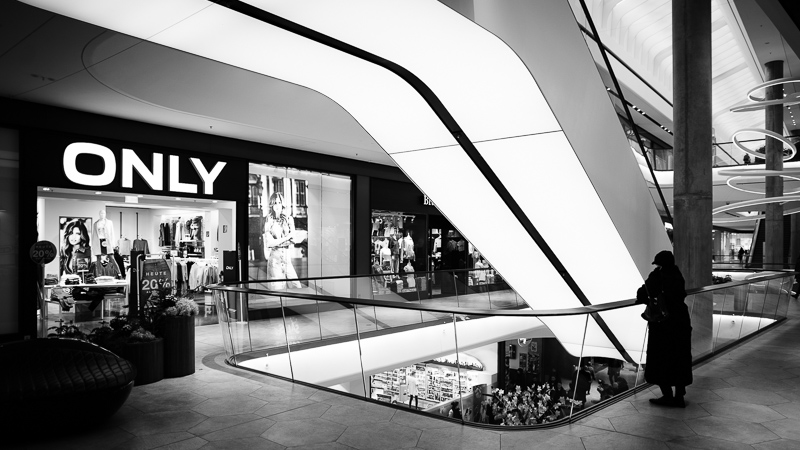
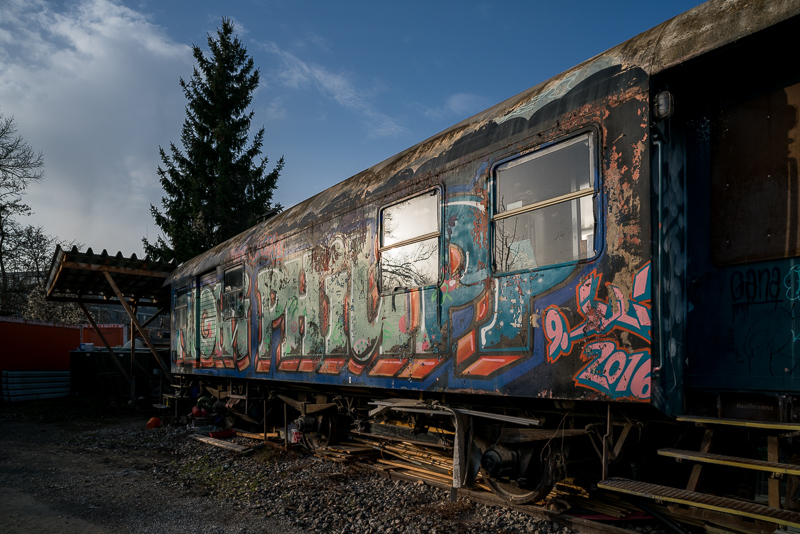

Most of the sample images in this review can be found in full resolution here.
Further Reading
- Sony FE lenses: Our comprehensive and independent guide
- Guide to the best 35mm Lenses for Sony a7 series
- How to: Create Environmental Portraits
- Review: Sony FE 24mm 1.4 GM
Support Us
Did you find this article useful or just liked reading it? Treat us to a coffee!
![]()
![]()
![]() via Paypal
via Paypal
This site contains affiliate links. If you make a purchase using any of the links marked as affiliate links, I may receive a small commission at no additional cost to you. This helps support the creation of future content.
Latest posts by BastianK (see all)
- Review: SLRmagic 50mm 0.95 Hyperprime LM - July 5, 2025
- Full Resolution Pictures getting fixed - July 4, 2025
- Analogue Adventures Part 42: A wedding with Eastman Double-X 200 - July 2, 2025
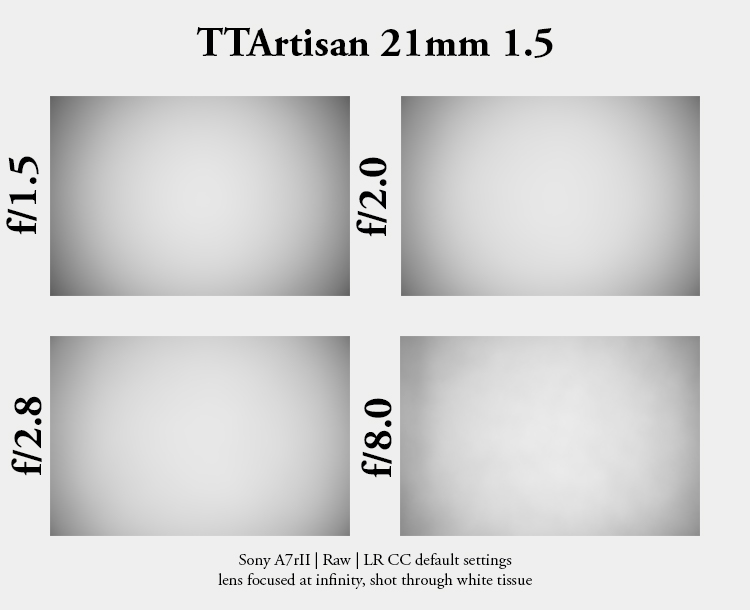
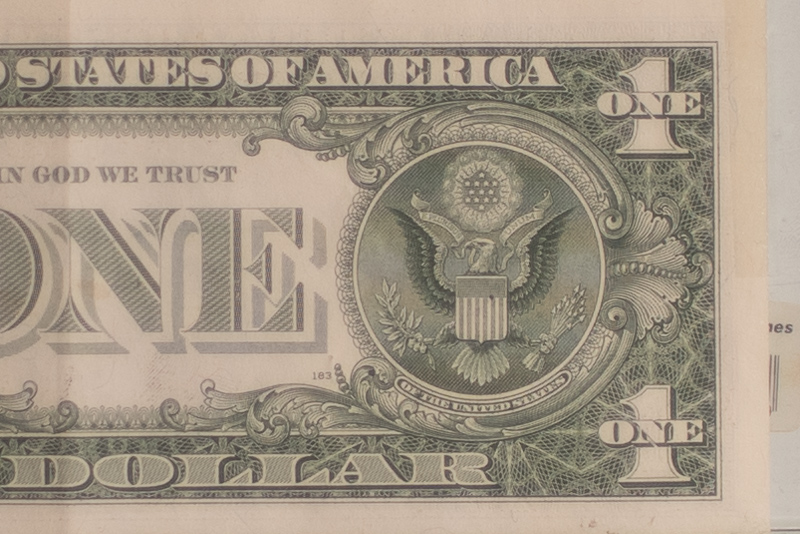

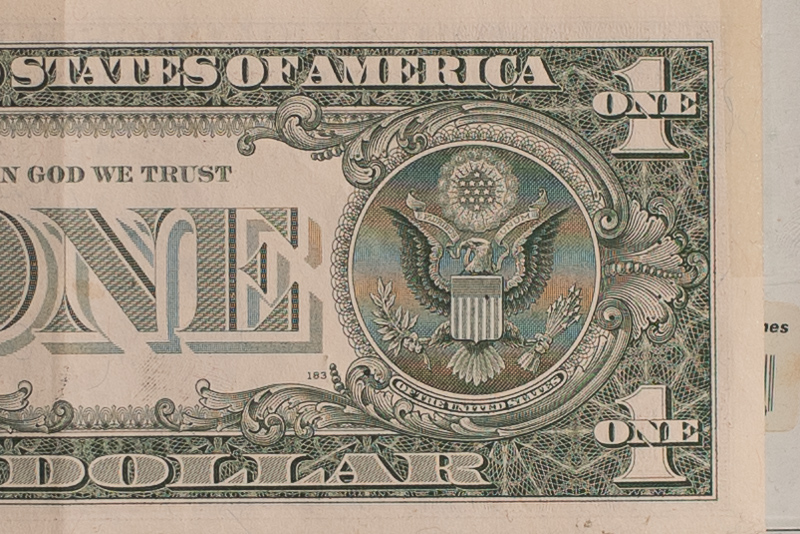
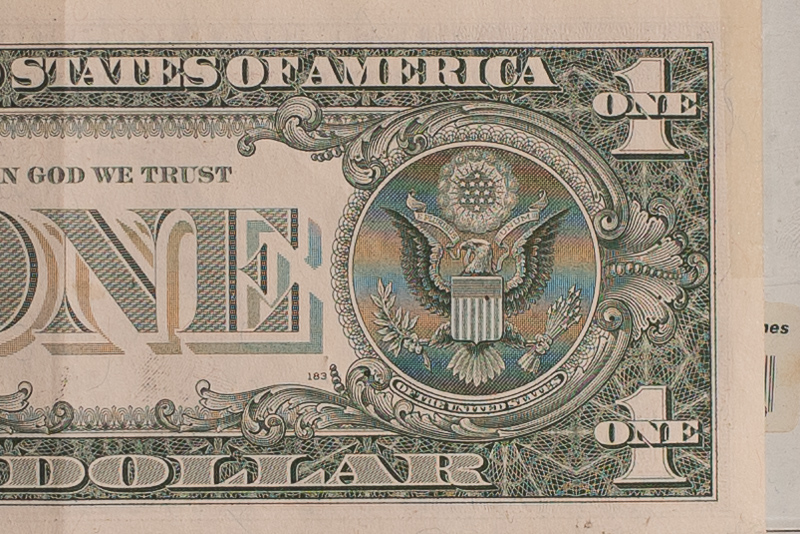
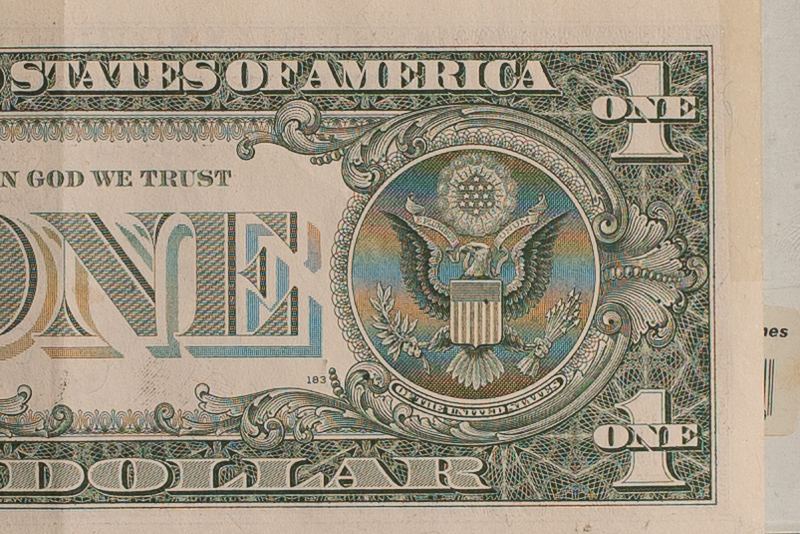
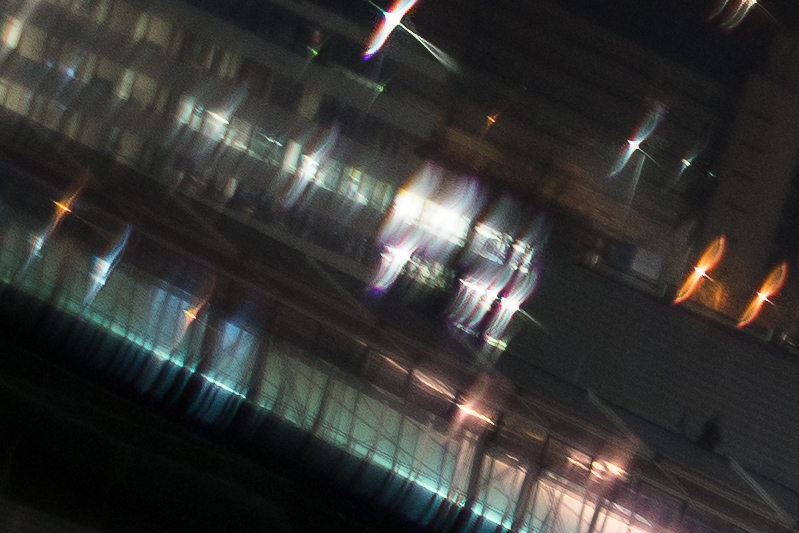
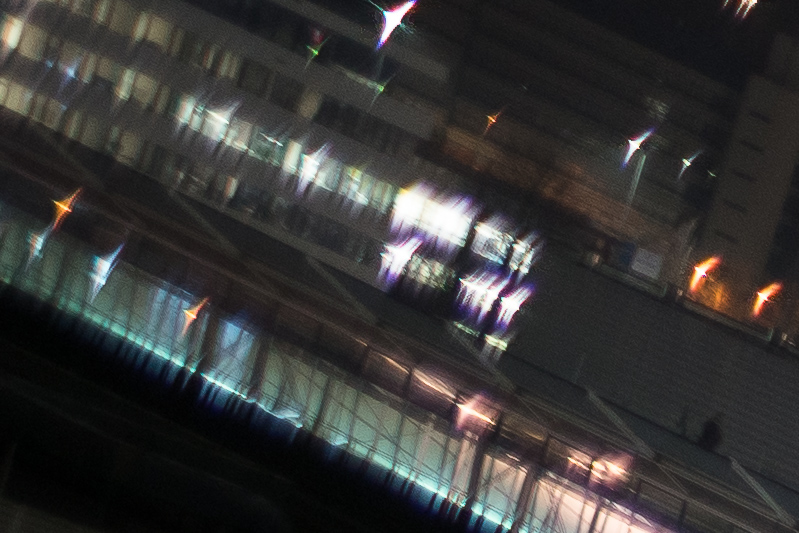
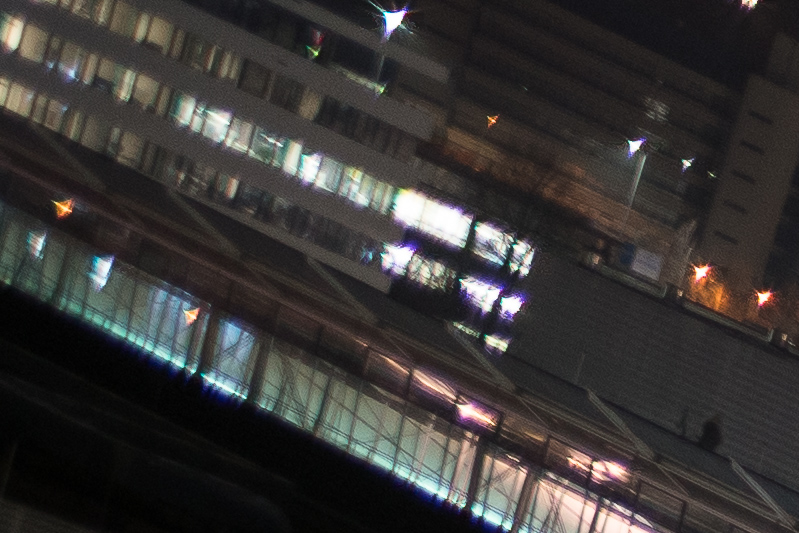
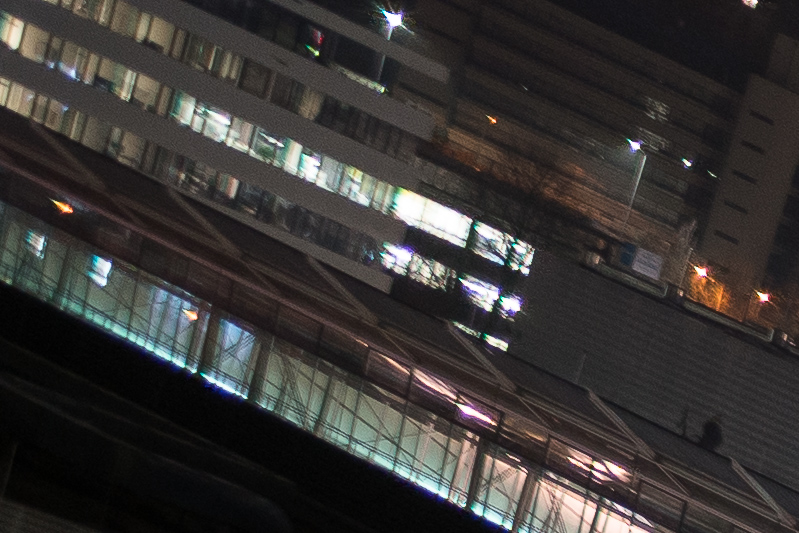
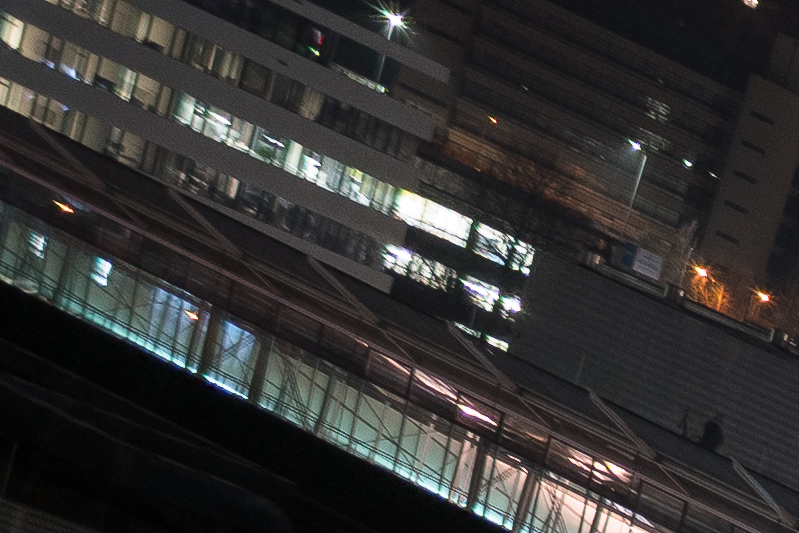


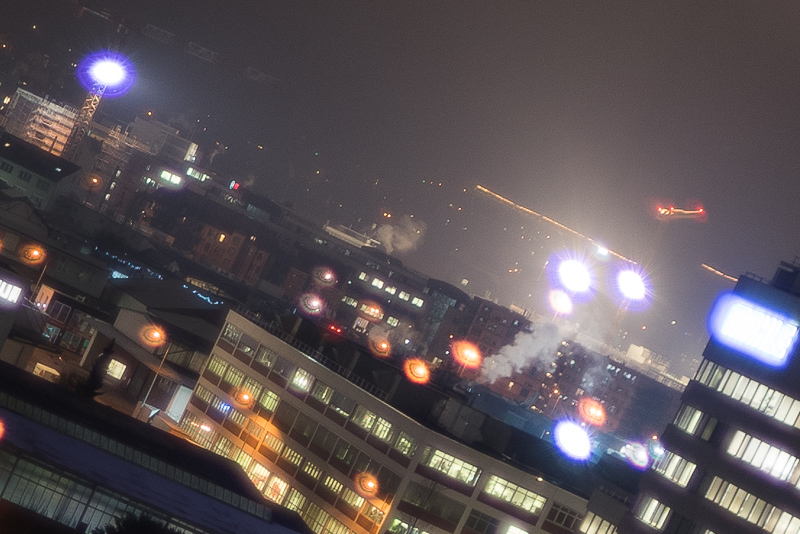
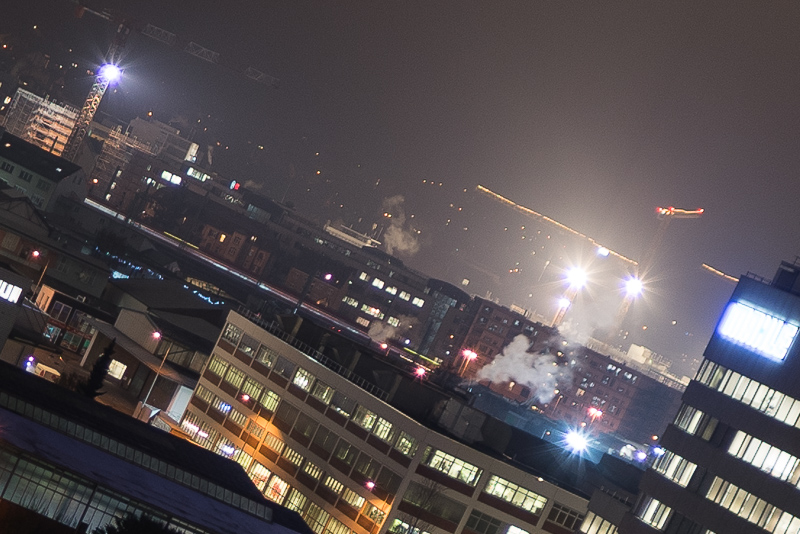

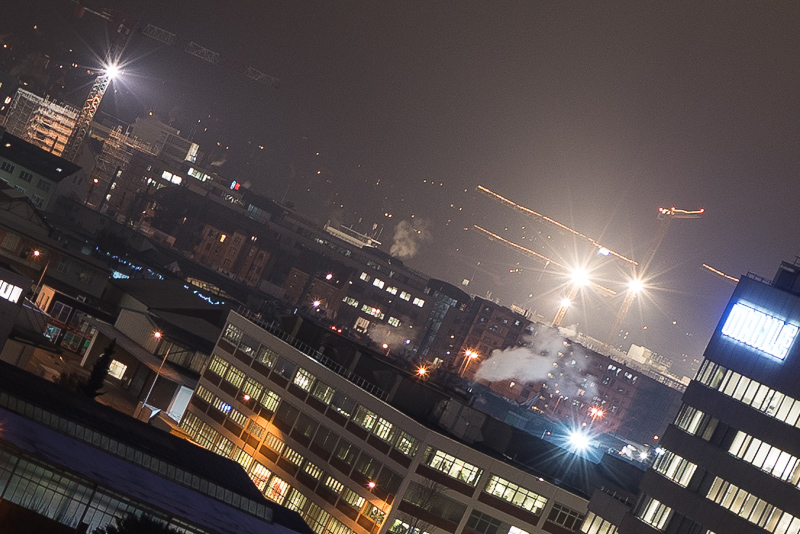
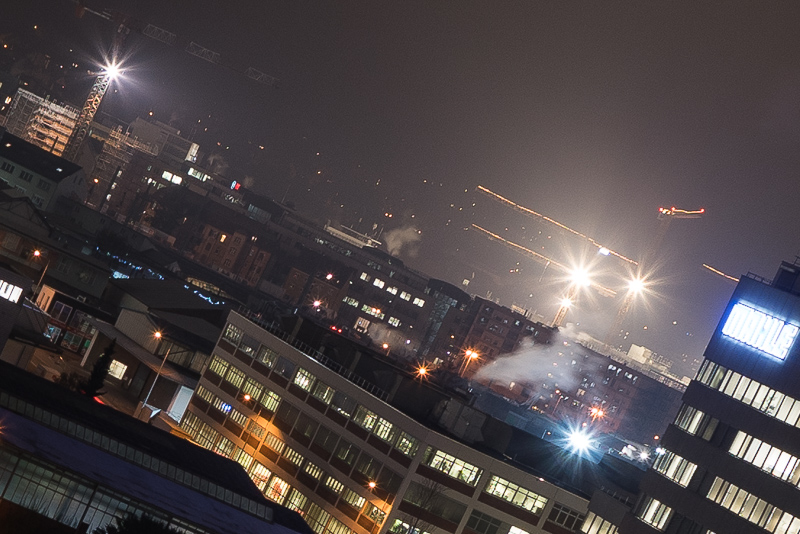
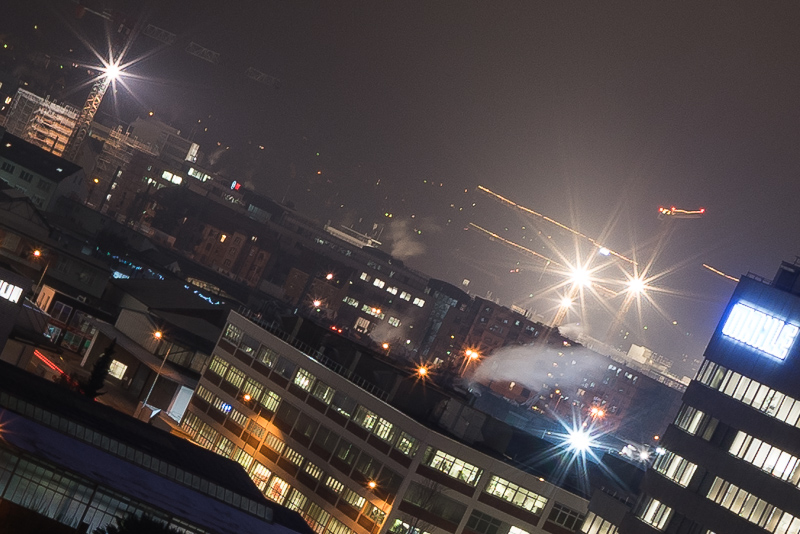
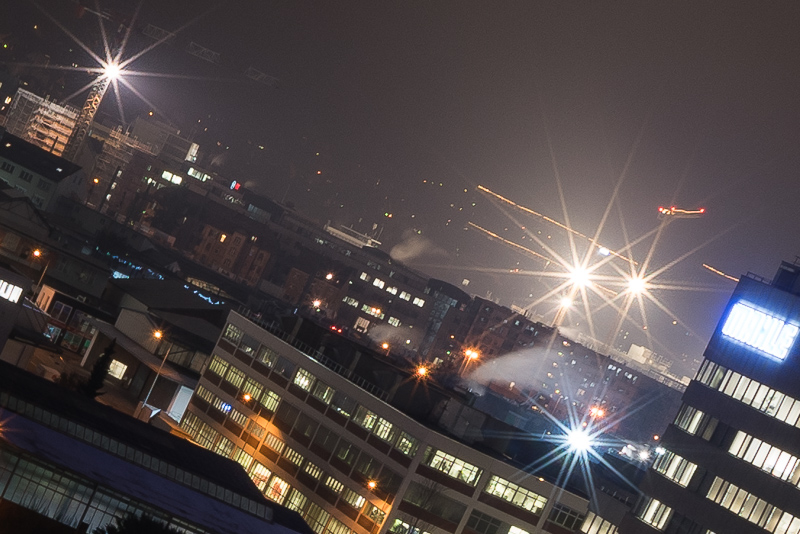
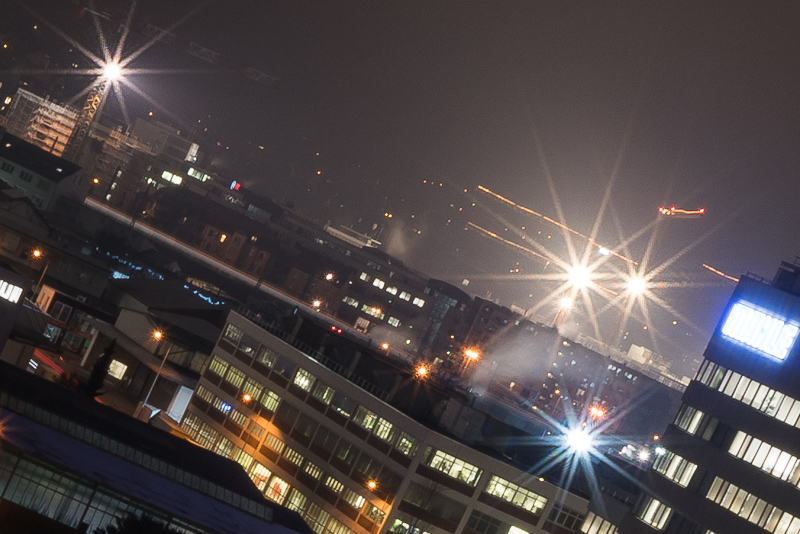
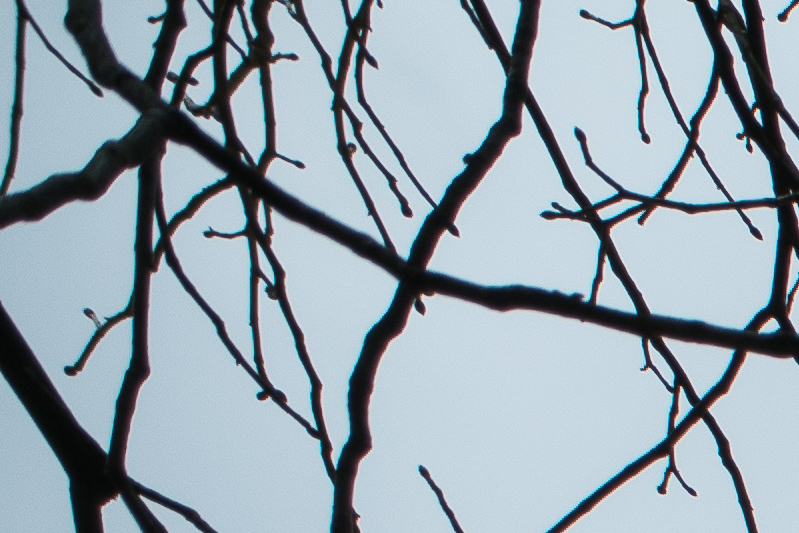
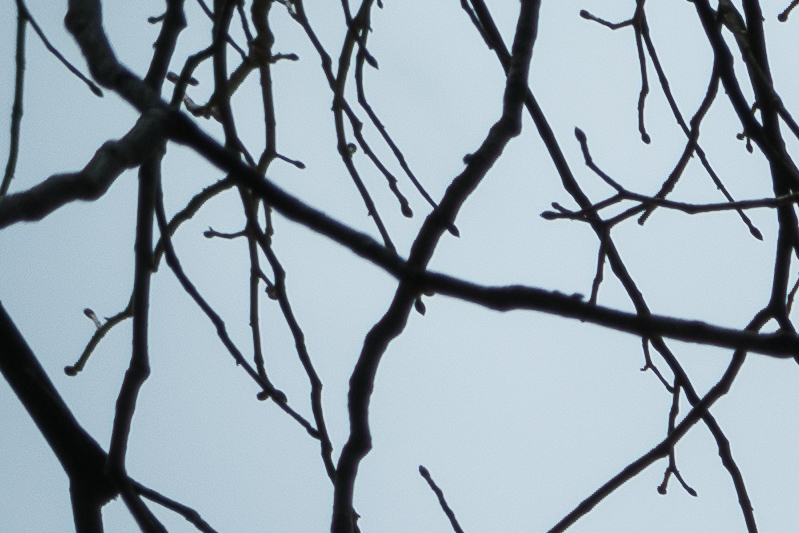
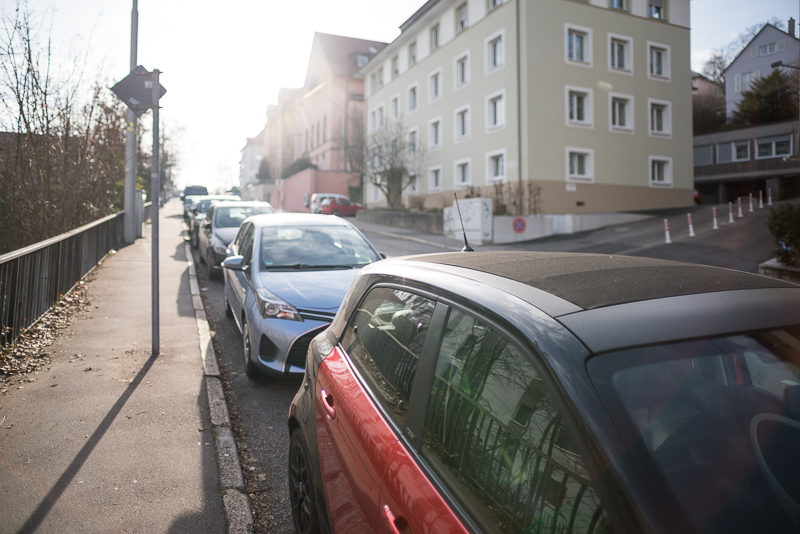
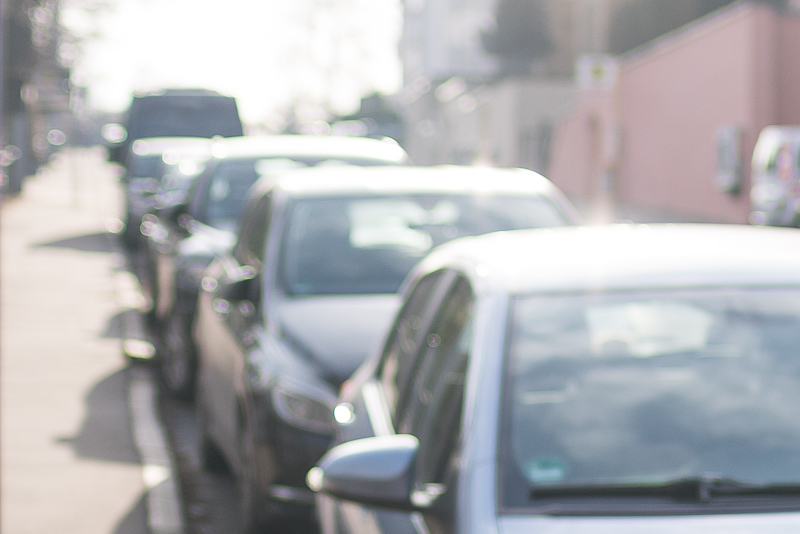

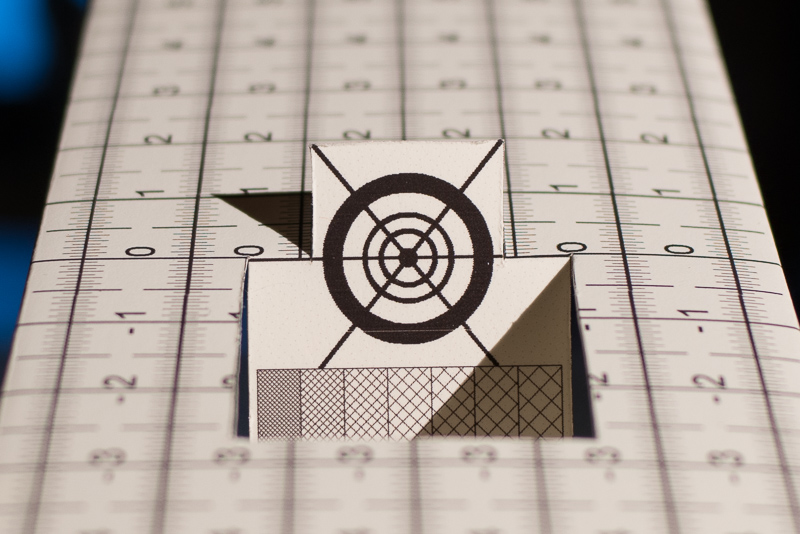
Thank you for the great review Bastian and especially for comparing it to the CV 21/1.4 E. It would be interesting to see some side-by-side between the 2 especially for bokeh (i know, i know..) and sharpness. I know you prefer longer FLs for env portraits, but that’s what I would be interested in with these lenses, so as weird as it sounds I would be using them pretty much wide open, love that wide angle shallow DOF feeling.
I also wonder how this compares to my Contax G 21/2.8 Biogon.
Anyways, thanks again for your detailed reviews!
What is the point of a fast aperture if IQ unusable? The Tokina Firin 20/2 is stellar in comparison and doesn’t cost much more…
Might be worth adding that to the alternatives list. Always keep forgetting about this one…
Thanks for the review!
A comparison to (or even a review of) the Viltrox 20/1.8 would be interesting.
I still think 7artisans 28 F1.4 is a more appealing lens. But for the 1/3 price of the CV, it seems quite good.
I don’t know why newborn Chinese manufacturers are making RF style lenses lately, but I’m more amd more into it. I guess one day, one of them could surpass CV lenses in some regards.
Thanks for the review, and pictures always have nice composition.
It is kind of ironic we now have cheap lenses for the most expensive cameras, isn’t it?
My favorites so far are also the 28mm 1.4 followed by the 11mm 2.8 fisheye.
We shouldn’t be surprised a 21mm 1.5 which is smaller and lighter than the 28mm 1.4
shows a worse performance though.
Maybe it is beacause of boom of the mirrorless market, like Mr. Li of 7artisans said, M mount can be adapted to any mirrorless systems.
Anyway, I expect the PCX mod for this 21 1.5 would not be effective, because of its wavy field curvature.
Filter diameter would also be a problem for attaching a PCX.
We will see if they make an E-mount version and how that performs.
i’d be interested how the new Tamron 20mm f2.8 fares in comparison.
It’s almost 2 stops slower, but cheaper and probably sharper across the frame
Hello Bastian,
thank you for that detailled and informative review of the TTArtisan 1,5/21mm. I own the Olympus OM Zuiko 2/21mm, wich is in my opinion a better performer in available light photography, despite beeing an older construction. Now I know, that I will keep this gem and enjoy taking photos with it…
Best regards, Christian
I wouldn’t be so sure about it, especially when you compare both at f/2.
Thinking a bit more about it, Olympus might have less midzone dip indeed.
I got this lens with its mount ring dislocation reaching 1 degree, the qc maybe not as good as its building quality.
Chinese lens manufacturers pay more interest in m mount because techart made an af adapter for m lense on e mount, the combination of m lense with af adapter is quite appealing for people seeking both lightweight joy of photography and af. I have heard that ttartisan are working on pushing their 50/1.4 asph apo lens to market, I am hoping you can review it further day.
Looks like M-mount TTArtisan 50/0.95 is about to be released: https://leicarumors.com/2020/04/10/ttartisan-50mm-f-0-95-lens-for-leica-m-mount-to-be-released-in-a-few-weeks-first-official-pictures-of-the-lens-included.aspx/
Would be great if someone from the team can obtain a sample for a review!
Hi, great reviews from you as usual. Extensive and serious reviews. And hippy you added a leica M to test this lens since the results on a real camera will show the real capabilities of such lens. Should also be very helpful to get tests on film.
One very very important question: are the focus markings correct. Does 1 meter actually focus at 1 meter etc. Most chinese lenses have not accurate distance markings so zone focusing is not gonna work
Sony cameras have rather high mount tolerances, so not necessarily the lenses are to blame.
I did not measure the distance to check but I didn’t find any oddities.
great post! In what type of scenarios would the midzone dip be visible or a problem? should i expect to see if i was to shoot wide open + infinity focus. my apologies for my newbie question. thank you all 🙂
Yes exactly, this is where it would be visible.
Thank you Bastian. you rock! i appreciate your hard work.
very nice review and I enjoyed trying to spot the various Stuttgart locations. As a Z6 owner, I was curious about what this company might have to offer for the Z mount but it seems generally best to spend my money on something else unless they really produce something interesting where the obvious compromises in IQ can be overlooked.
If you get a chance to test the newly released Z mount version, it would be interesting to see if there is anything of the midzone dip like with Sony and indeed between the rather different sensors of the Z6 and Z7.
Hello,
accordinly to photorumors the new released 1,5/21mm TTArtisan shares the same optical formula. But it seems to contain 1 aspherical element. I wonder if it is optimized to the sensors of mirrorless cameras like the Nikon Z, or Sony A7. Perhaps it is silmilar to the fe+ version of the 7Artisans 1,4/28mm. If get your hands on one of these lenses I would appreciate to read about yor experiences…
Best regards,
Christian
I was also wondering whether there are any optical adjustments to account for different filter stack thickness.
Thank you Bastian.
We will see, I orderd the version with the Sony mount. I hope they improved the issue with the midzone dip and the bad coma performance. The “new” version supposedly contains one aspherical element…
Best regards,
Christian
You are heartily invited to share your findings here 😊
Thank you Bastian,
my TTArtisan 1,5/21mm with native Sony mount arrived today. Interestingly it is labeled “1,5/21mm ASPH” and the aspheric surface from the very last lens is clearly noticeable.
My very first impressions with the Sony A7R II are that the midezone dip is not as bad and the coma correction is a little bit better (but still far away from perfect). My copy suffers from very, very soft corners at f/1,5 and f/2 and shows pronounced CA`s towards the corners. So I`m not sure if this lens uses a modified lens scheme or if this is just the result of a wide sample variation…
Considering the price you have to pay for this lens, I think it still shows a good performance.
Best regards,
Christian
Many thanks for your update. I think the E-mount version has the same optical components as the M version, but the minimum focus distance is 20cm shorter (50cm vs. 70cm). Copy variance may explain your having a lesser midzone dip?
I have the Z mount version and came to the same conclusions. Coma is definitely better controlled by 2.8 and the midframe appears to be sharper than in the review, but the corners are softer and messy. Still, very sharp stopped down, so far I’m liking it.
Can you expect the lens to perform better on a Lumix S1 than on a Sony A7Rii? Does the Lumix S1 have the same sensor as the Leica M10? Thanks ever for the answers.
Sensor thickness generally is as follows:
Kolari Ultra thin < M10 < SL(?) < Nikon Z < Panasonic S < Sony So no, it will not perform much better on the S1.
the Nikon version does quite well on a Z7, my fullspectrum Z6 shows a hotspot when used with an IR filtration ;-( thats a pity . But it’s quite a capable combo with the Z7. let’s wait for some astro weather (it’s only flooding over here right now near the Eifel-Ardennes)
Does anyone know if the E version of the TTartisan 21mm has modified optics for the Sony stack field curvature issues?
I asked the company representative for the western world the same question about the 50mm 1.4.
After 20min of discussing they told me they don’t know and I have to check myself.
I did and found there are no modifications, the optics are exactly the same.
I expect the same here.
Thanks for the reply Bastian.
I ended up buying a TTartisan 11mm fisheye after reading your review and have been very happy with the results. I particularly liked the build quality and flare control.
I am looking for an ultra-wide that is a bit more Euclidean. The other options I am considering are Samyang 14mm and 18mm. I am replacing a legacy Vivitar 19mm F3.8 which has flare issues.
Samyang 18mm 2.8, we didn’t manage to get a sample that is ok centered for a review, but if you manage to find one it seems to be a decent performer stopped down a bit.
Thank you very much for the review. I have been using the lens for over half and a year on bike tours and hikes when I don’t want to take better lenses with me. The angle of view is sufficient for small buildings in small towns and landscapes. From f/4 the imaging performance is excellent, especially the colours are magnificent. At f/2.8 it does not achieve the performance of the Flektogon 2.8/50 from 1976. In the f/1.5 to f/2.8 range it is unusable, at best for experimental artistic purposes. The self-written correction profile works well. Otherwise I would have sold the lens long ago.
Have you any idea how this lens would perform on a film Leica M body?
Like on a digital Leica body.